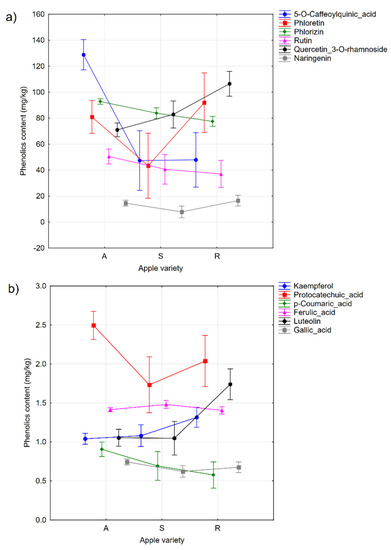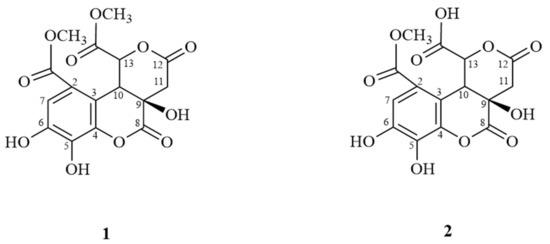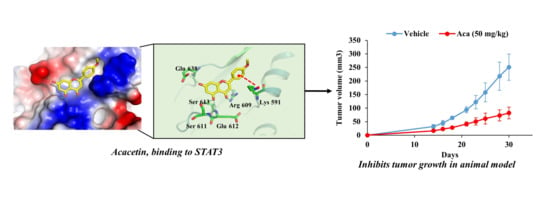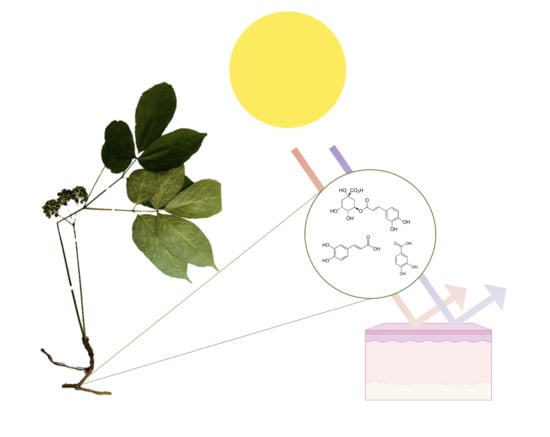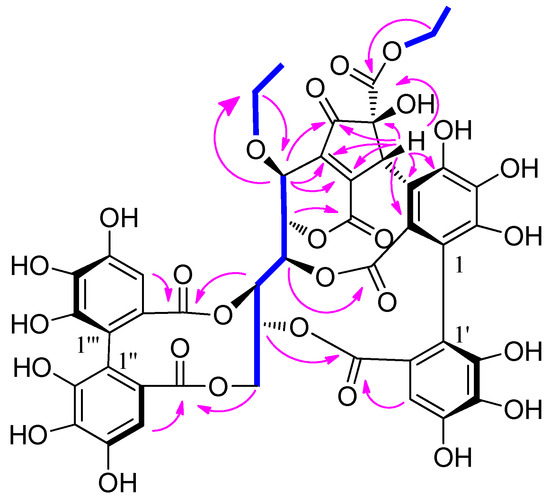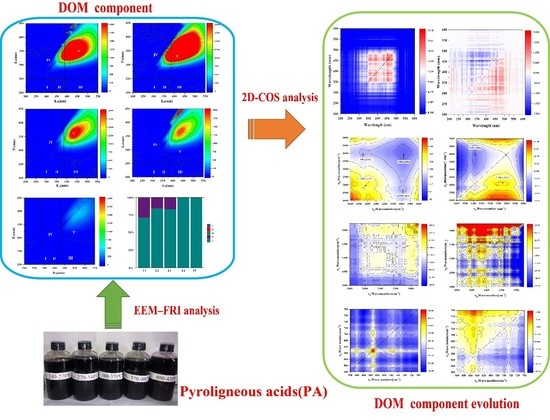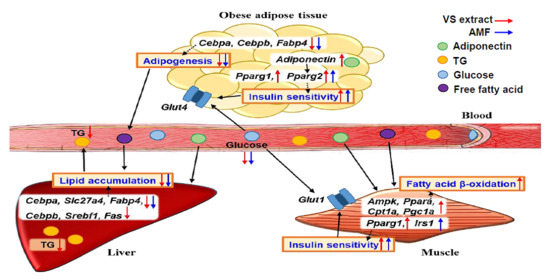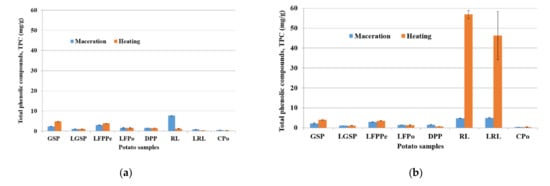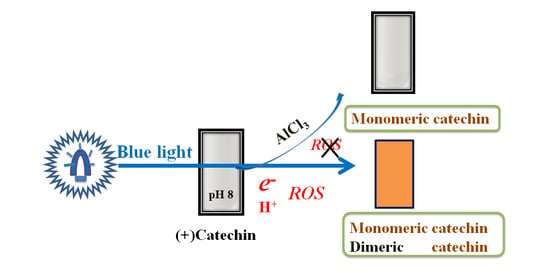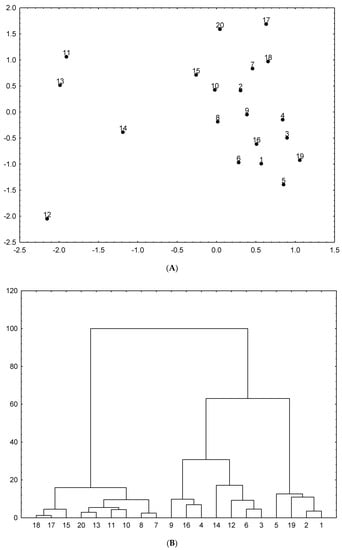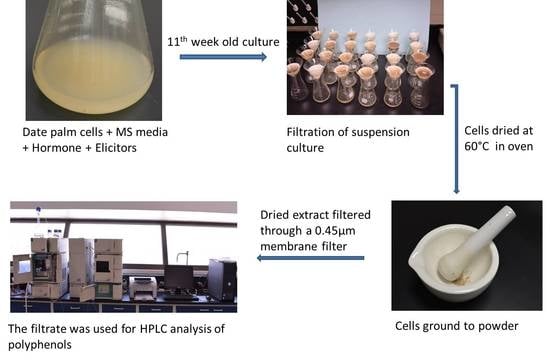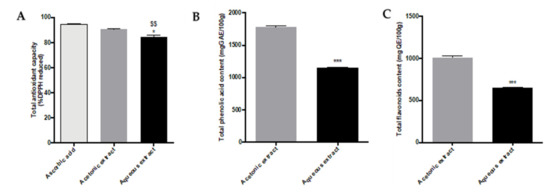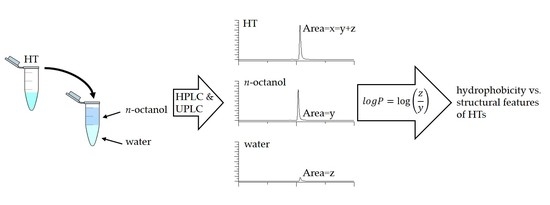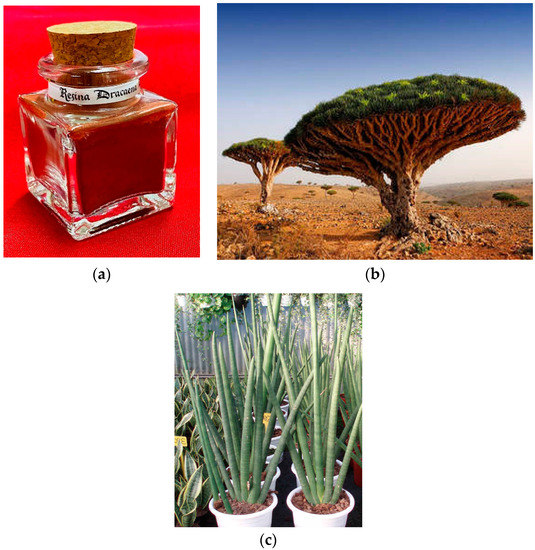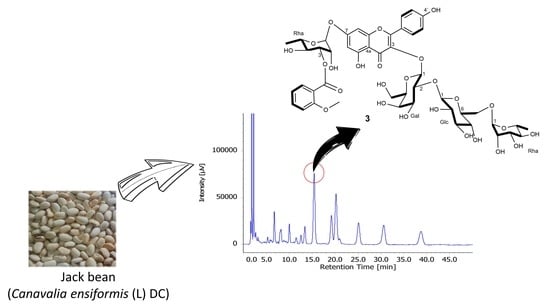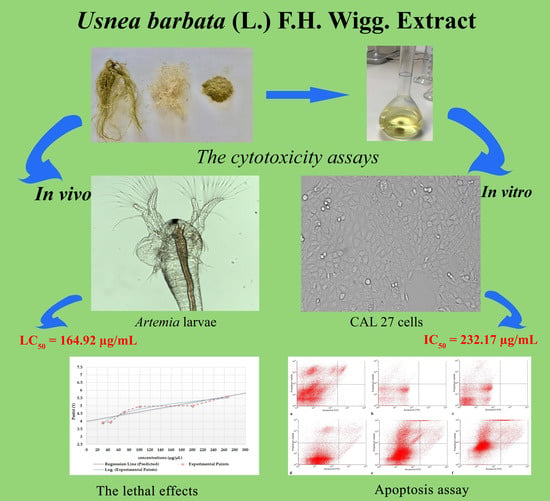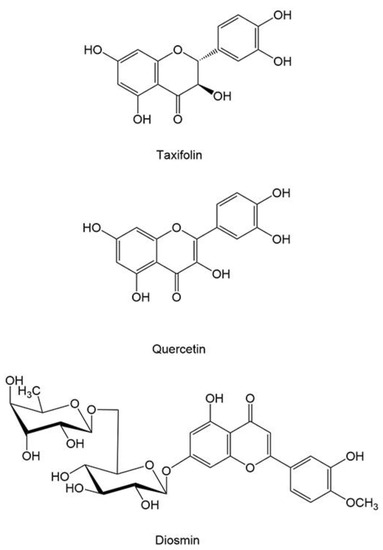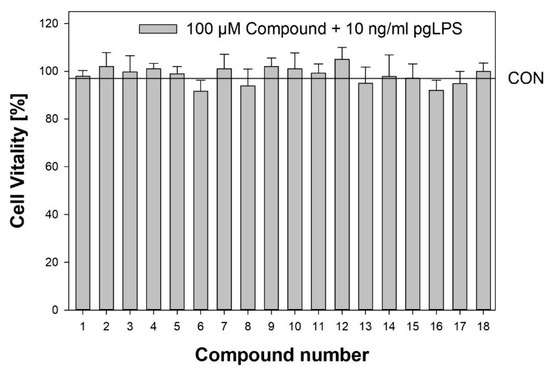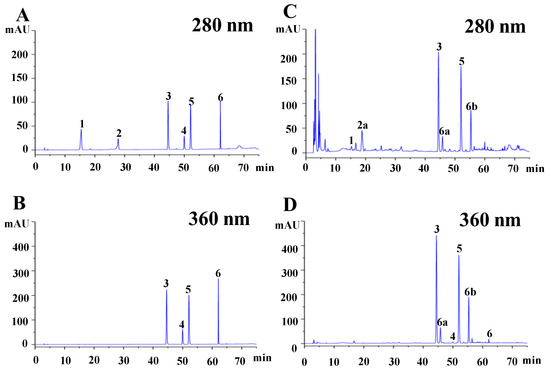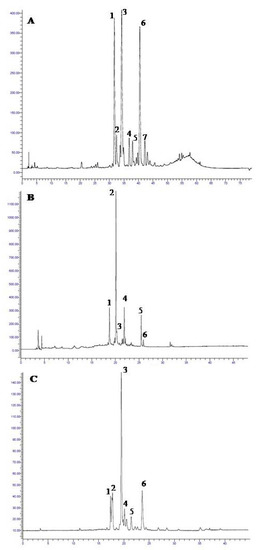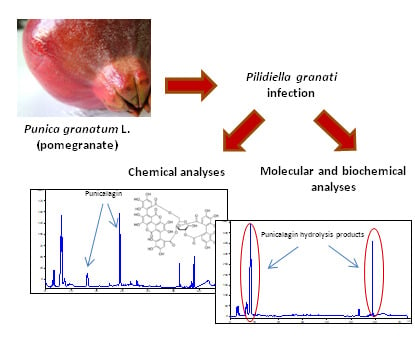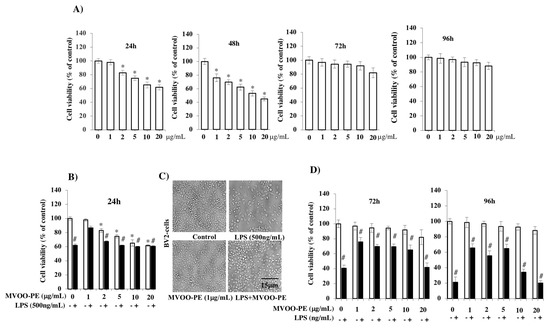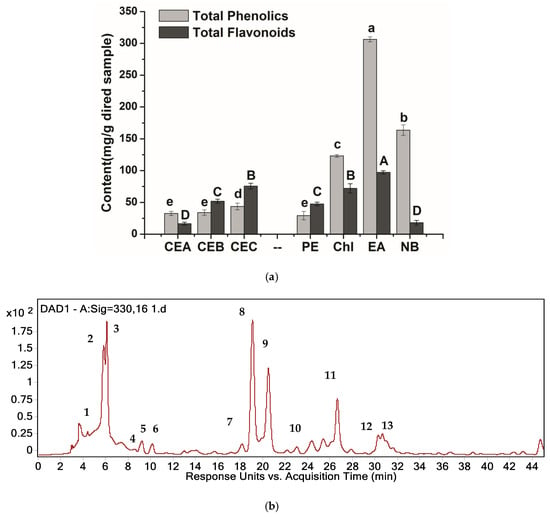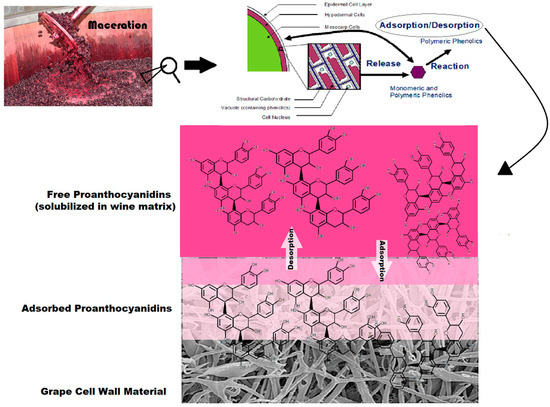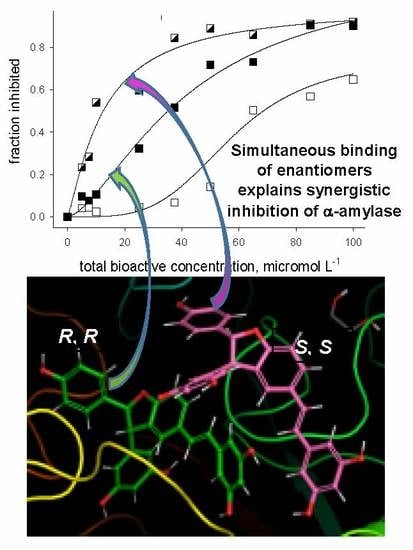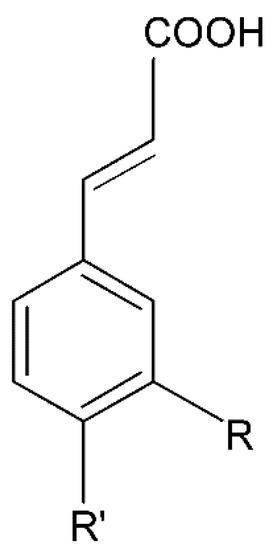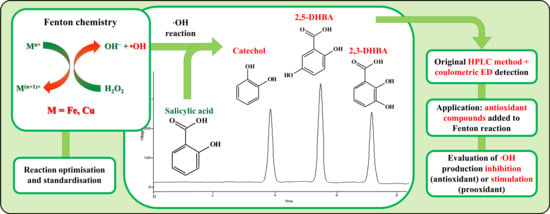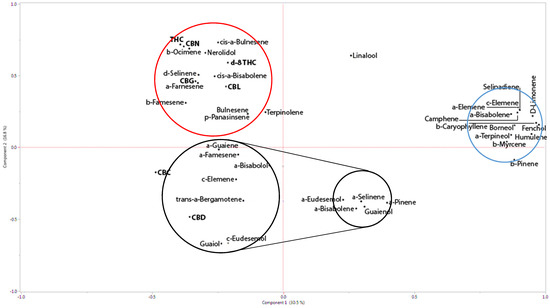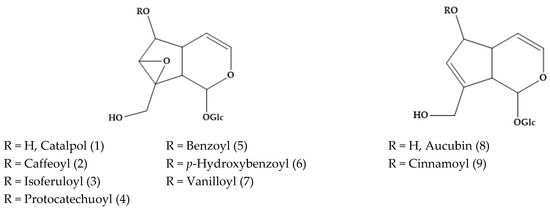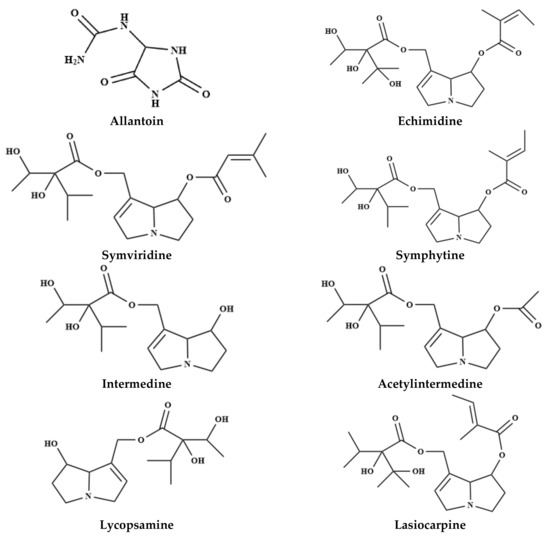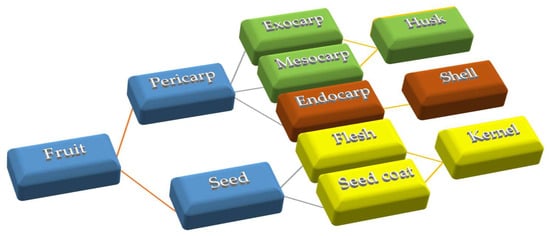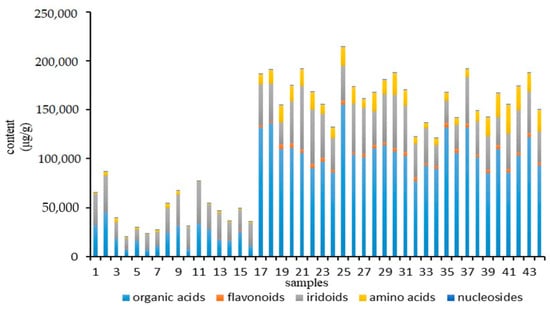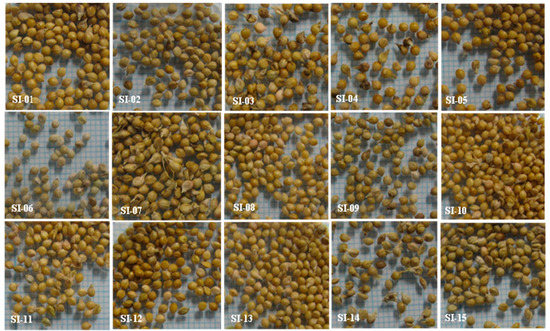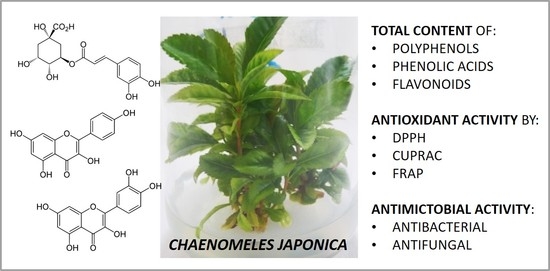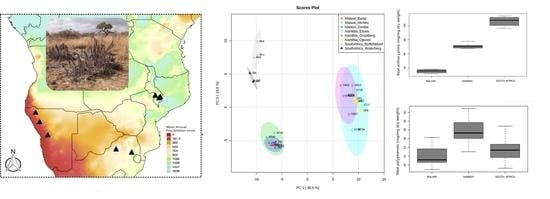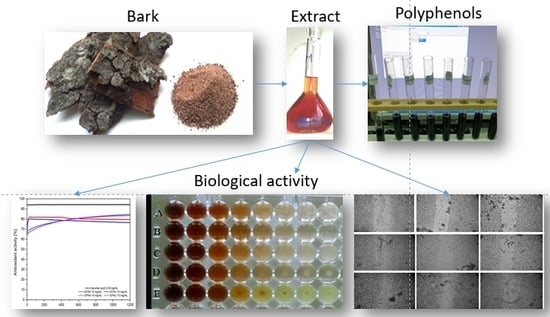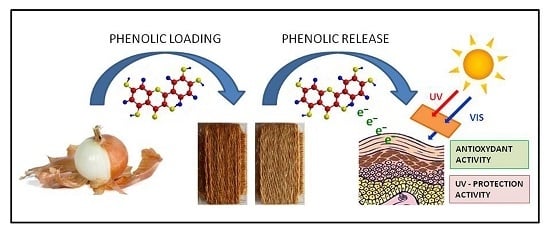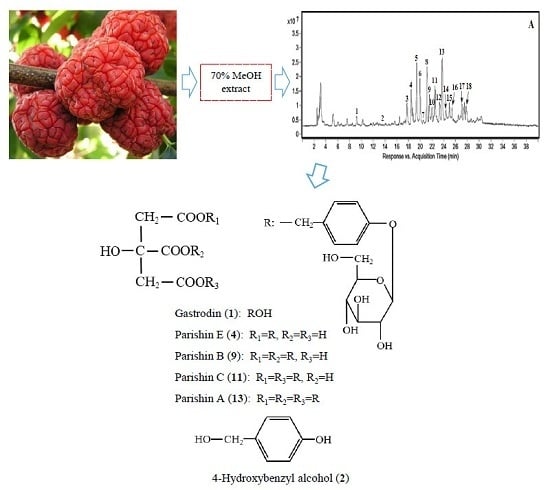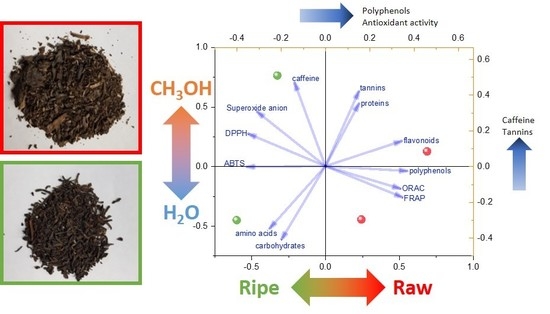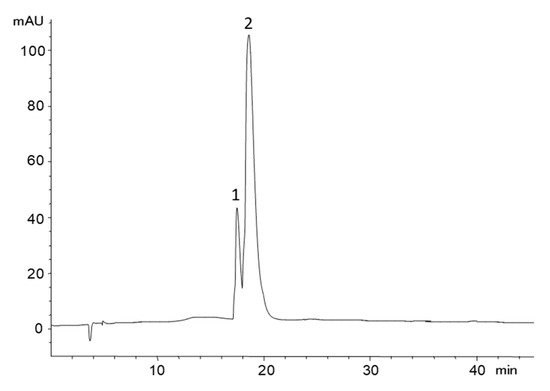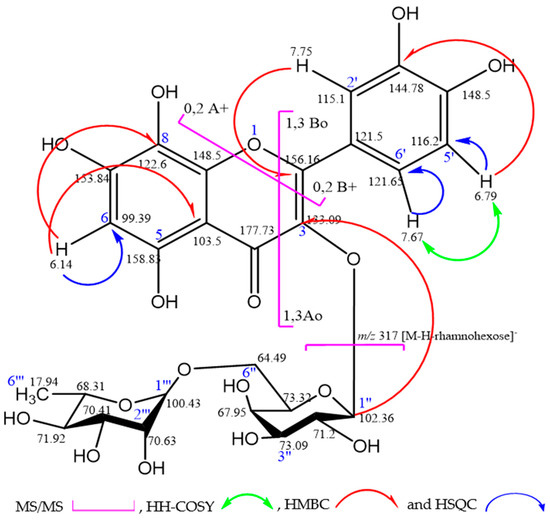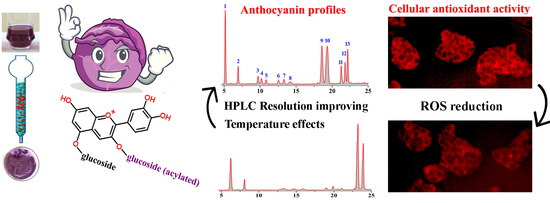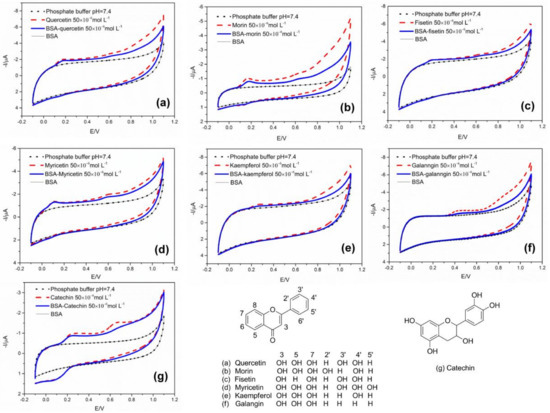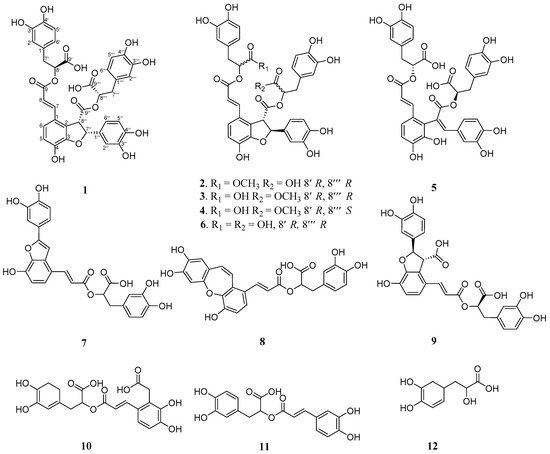Phenolic Compounds from Plants: Chemistry, Analysis and Biological Activity (Closed)
A topical collection in Molecules (ISSN 1420-3049). This collection belongs to the section "Natural Products Chemistry".
Viewed by 255021Editors
Interests: natural products; drug discovery; medicinal chemistry; hyperproliferative disorders; central nervous system (CNS) pathologies
Special Issues, Collections and Topics in MDPI journals
Interests: bioanalysis; liquid chromatography; mass spectrometry; method validation; microsampling; sample treatment; central nervous system drugs; drugs of abuse; doping agents; natural products
Special Issues, Collections and Topics in MDPI journals
Interests: enantioselective analysis; liquid chromatography; mechanisms of molecular recognition; medicinal chemistry; (bio)pharmaceutica1 analysis
Special Issues, Collections and Topics in MDPI journals
Interests: natural products; pharmaceutical analysis; chromatography; HPLC; GC; HPLC-MS; medicinal chemistry
Interests: HPLC; UHPLC; MS; HRMS; automation; biological matrix; miniaturized sample collection and pretreatment; CNS drugs; metabolites; biomarkers
Special Issues, Collections and Topics in MDPI journals
Topical Collection Information
Dear Colleagues,
Phenolic compounds from plants are known to possess a wide range of impressive biological activities; accordingly, they can be applied to the prevention of many diseases and to health maintenance. Due to their importance in the pharmaceutical and nutraceutical fields, this Special Issue aims at gathering the most recent contributions in relation to their chemistry, extraction, and analytical techniques, as well as their biological activities. The elucidation of the molecular basis of phenolic bioactivities by means of both well-established and advanced bio-analytical techniques is also greatly encouraged.
Dr. Federica Pellati
Dr. Laura Mercolini
Dr. Roccaldo Sardella
Dr. Virginia Brighenti
Dr. Michele Protti
Collection Editors
Manuscript Submission Information
Manuscripts should be submitted online at www.mdpi.com by registering and logging in to this website. Once you are registered, click here to go to the submission form. Manuscripts can be submitted until the deadline. All submissions that pass pre-check are peer-reviewed. Accepted papers will be published continuously in the journal (as soon as accepted) and will be listed together on the collection website. Research articles, review articles as well as short communications are invited. For planned papers, a title and short abstract (about 100 words) can be sent to the Editorial Office for announcement on this website.
Submitted manuscripts should not have been published previously, nor be under consideration for publication elsewhere (except conference proceedings papers). All manuscripts are thoroughly refereed through a single-blind peer-review process. A guide for authors and other relevant information for submission of manuscripts is available on the Instructions for Authors page. Molecules is an international peer-reviewed open access semimonthly journal published by MDPI.
Please visit the Instructions for Authors page before submitting a manuscript. The Article Processing Charge (APC) for publication in this open access journal is 2700 CHF (Swiss Francs). Submitted papers should be well formatted and use good English. Authors may use MDPI's English editing service prior to publication or during author revisions.
Keywords
- phenolics
- chemistry
- extraction
- analysis
- biological activity
- molecular recognition mechanisms









